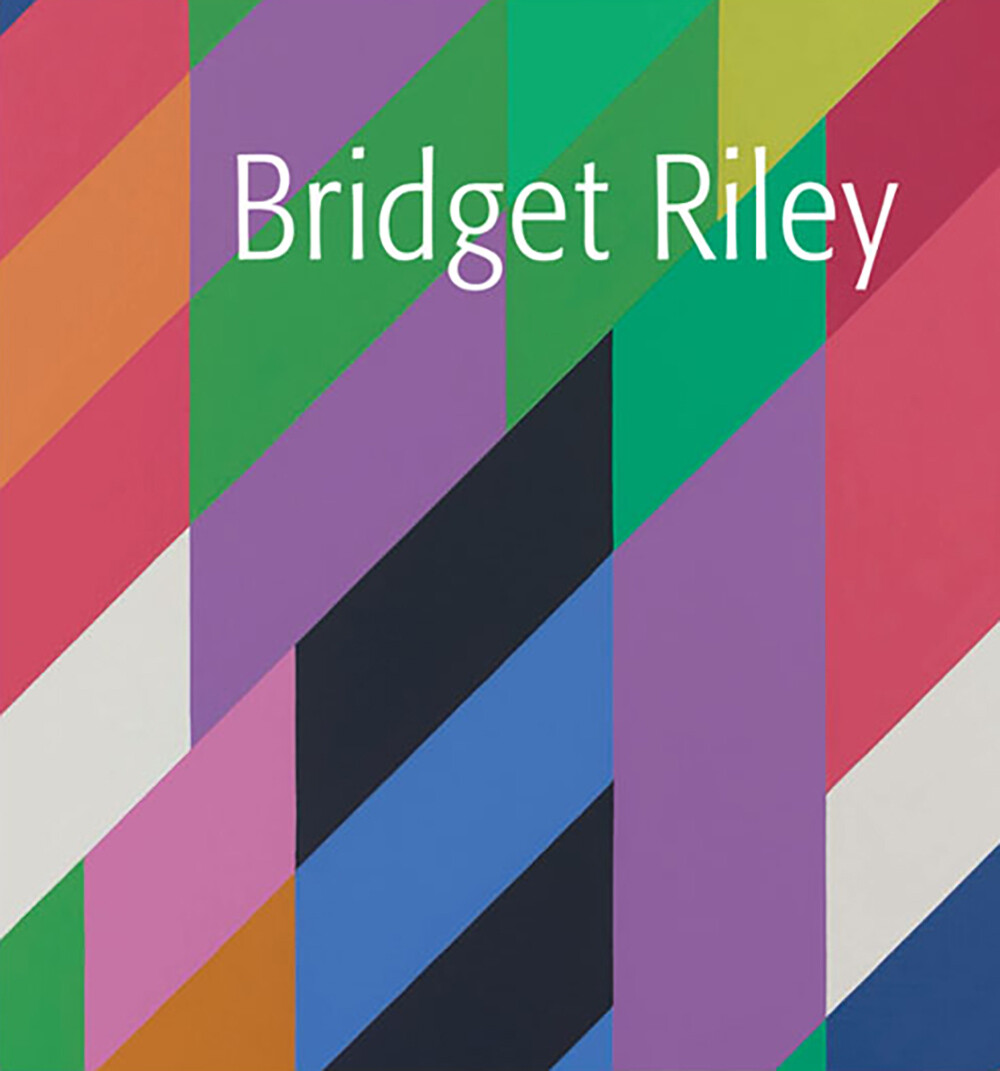Bridget Riley: Dialogues on Art
Edited by Robert Kudielka. Introduction by Richard Shone. Conversations with Bridget Riley, Neil MacGregor, E.H. Gombrich, Michael Craig-Martin, Andrew Graham-Dixon, Bryan Robertson
Bridget Riley is one of the outstanding figures of modern painting. She has pursued a course of rigorous abstraction for over fifty years, from her celebrated black and white Op Art works in the 1960s to the complex color paintings of the 1990s. On the occasion of a major exhibition of her work in 1992 at London’s Hayward Gallery, BBC Radio broadcast a series of five dialogues, each one between Riley and a well-known figure from the art world. These encounters, edited by an art historian, are contained in this book. With Neil MacGregor, Riley discusses the art of the past in relation to the art of the present; with Sir Ernst Gombrich the perception of color in painting; with the artist Michael Craig-Martin, the theory and practice of abstraction; and with the critics Bryan Robertson and Andrew Graham-Dixon, she talks about events and travels that have influenced her as an artist. Taken as a whole, this series forms an excellent introduction to the work and ideas of one of the most creative minds of today.
Publisher: Thames and Hudson & The Bridget Riley Art Foundation
Artists: Bridget Riley
Contributors: Robert Kudielka, Richard Shone, Neil MacGregor, E.H. Gombrich, Michael Craig-Martin, Andrew Graham-Dixon, Bryan Robertson
Designer: Tim Harvey
Printer: Opero srl, Italy
Publication Date: November 2019 (Third edition)
Binding: Softcover
Dimensions: 6 1/4 x 9 1/4 in | 17.2 x 23.3 cm
Pages: 128
ISBN: 9780500971048
Retail: $25 | £19.95 | €23
Status: Not Available
Bridget Riley
One of the most significant artists working today, Bridget Riley’s dedication to the interaction of form and color has led to a continued exploration of perception. From the early 1960s, she has used elementary shapes such as lines, circles, curves, and squares to create visual experiences that actively engage the viewer, at times triggering optical sensations of vibration and movement. Her earliest black-and-white compositions offer impressions of several other pigments, while ensuing, multi-chromatic works present color as an active component. Although abstract, her practice is closely linked with nature, which she understands to be “the dynamism of visual forces—an event rather than an appearance.”


